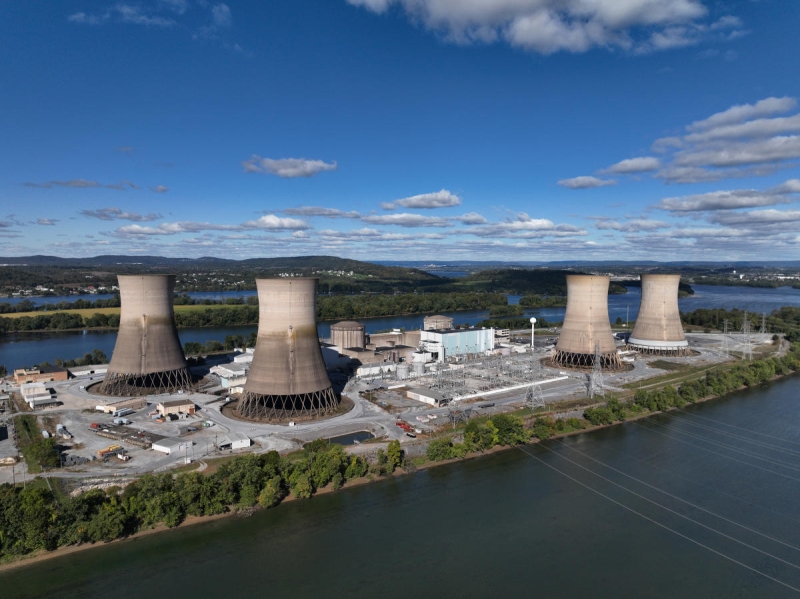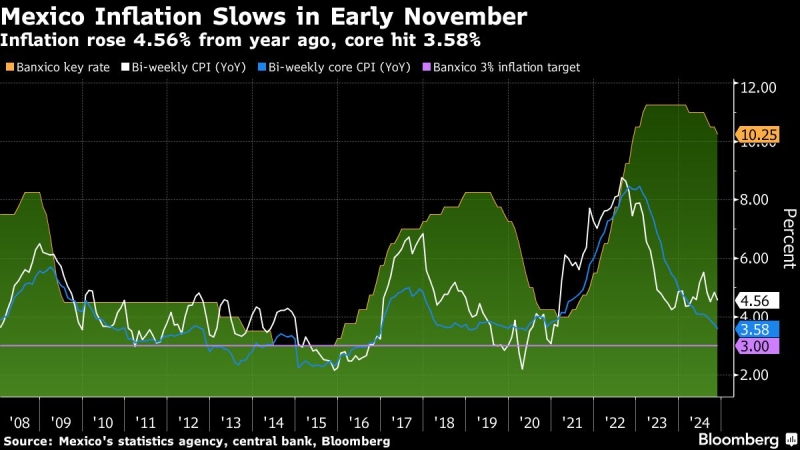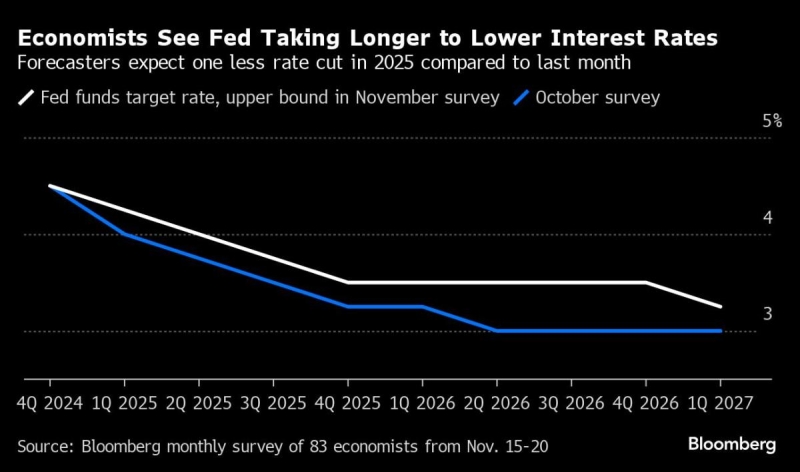
This is The Takeaway from today's Morning Brief, which you can sign up to receive in your inbox every morning along with:
-
The chart of the day
-
What we're watching
-
What we're reading
-
Economic data releases and earnings
Nuclear power is poised for a renaissance in the US, prompted by Big Tech’s seemingly insatiable need for electricity to power AI-generating data centers.
Three recent headlines have thrown this into focus: Microsoft signed an agreement with Constellation Energy to restart a reactor at Three Mile Island. Google partnered with Kairos to buy power from small modular nuclear reactors, known as SMRs. And Amazon is leading a $500 million funding round for another SMR company, X-Energy.
The nuclear energy industry has largely stagnated in the US. While the country has 94 nuclear reactors, according to the Energy Information Administration, their collective generating capacity has remained at around 20% of total electricity since the late 1980s. When the Vogtle plant in Georgia opened its third and fourth reactors earlier this year, they were the first new units in seven years. One main reason for the slow pace is the stringent safety and design standards imposed by regulators.
If Big Tech’s investments are any indication, that might be poised to change. Chips and energy are the picks and shovels of the AI movement, making reexamining nuclear power a logical conclusion. But if investors want to follow with their dollars, there are some key things to remember.
One is that these projects — even the Three Mile Island reactor, which isn’t using new technology — are years away. Three Mile Island is scheduled to get online by 2028.
The shuttered Three Mile Island nuclear power plant stands in the middle of the Susquehanna River on Oct. 10, 2024, near Middletown, Pennsylvania. (Chip Somodevilla/Getty Images) (Chip Somodevilla via Getty Images)
Then there’s the newer tech. The goal of small modular reactors is to create mini versions of larger nuclear fission generators at a lower cost and with more flexibility, Kairos CEO Mike Laufer told Yahoo Finance.
But SMRs aren’t yet in use in the US. All of the companies getting investments are in the experimental stages. The privately held Kairos, for example, has received government approval to build a demonstration unit. It will first run it with non-nuclear power to showcase its cooling technology, which Laufer said has safety benefits. That demo is targeted for 2030.
The second obstacle for investors is that there aren’t many publicly traded ways to get in, especially pure plays. Many of those stocks have skyrocketed this year. NuScale Power (SMR) has soared by more than 450%. Oklo (OKLO), backed by Sam Altman of OpenAI, went public through a SPAC in May and the shares have gained more than 80% since.
The overall demand for electricity that’s expected from data centers has also driven up shares of utility companies by nearly unprecedented levels, not exclusive to nuclear. Their rates are regulated, so the bet depends on the expected expansion in volume of demand. (The ETF that tracks S&P 500 utility companies has risen by nearly 30% this year, which, if it holds, will be a record gain.)
Uranium producers have been another outlet for thirsty cash searching for nuclear-linked investments. Vancouver-based Uranium Energy (UEC) and Cameco (CCJ), for example, have been on a years-long tear and are near record highs.
All of this is supposing that SMRs will get approval and work. Obviously, there’s an increasing amount of money pushing in that direction, with Big Tech motivated to get clean energy-powered electricity generation.
“Right now, these things are unproven,” George Gianarikas, an analyst at Canaccord Genuity who covers renewable energy, said in a phone interview. “We don’t have a lot of examples of small modular reactors working in the world. They’re a promise.”
Julie Hyman is the co-host of Market Domination on Yahoo Finance. You can find her on social media @juleshyman.
morning brief image





